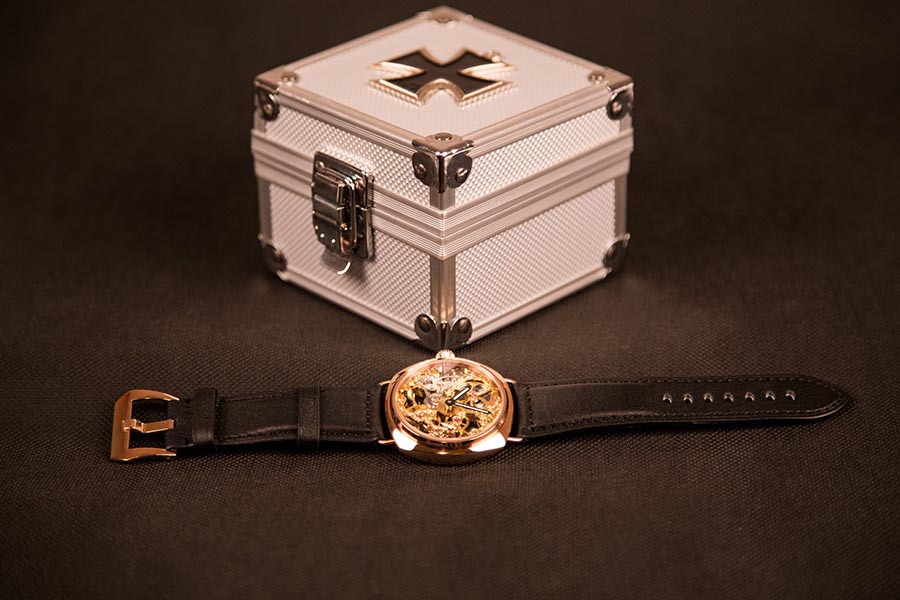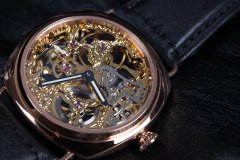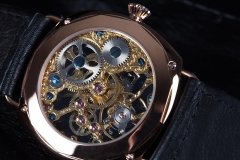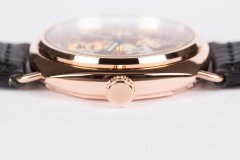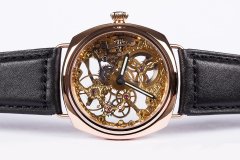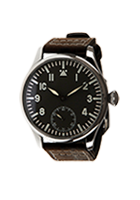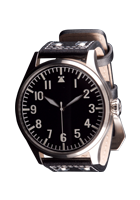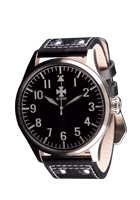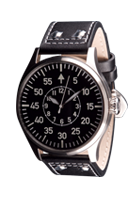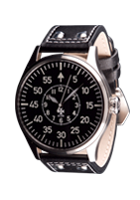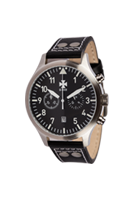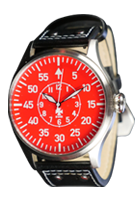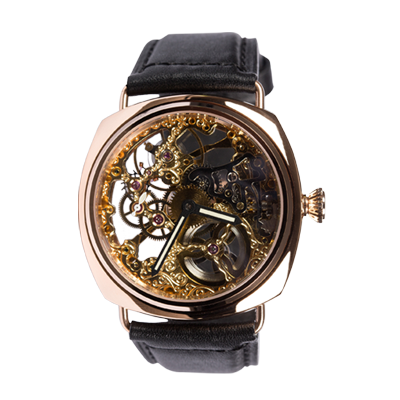 |
THE ROSE GOLD B-UHR SKELETON PRICE: US $ 290.00 by click to BUY NOW button, you agree with terms and conditions CASE: a stainless steel rose gold color case, 44 mm MOVEMENT: 17 jewels manual wind CROWN: stainless steel oversized crown with protection holder DIAL: No dial HANDS: Hour hand Superluminova C3, minute hand Superluminova C3 CASEBACK: glass GLASS: antireflective BAND: extra thick heavy duty stitched leather band BUCKLE: polished stainless steel gold color oversized buckle |
|
|

|
THE ROSE GOLD B-UHR SKELETON - LEGENDU-boat is the anglicized version of the German word U-Boot [ˈuːboːt], a shortening of Unterseeboot, which means "undersea boat". While the German term refers to any submarine, the English one (in common with several other languages) refers specifically to military submarines operated by Germany, particularly in World War I and World War II. Although at times they were efficient fleet weapons against enemy naval warships, they were most effectively used in an economic warfare role (commerce raiding), enforcing a naval blockade against enemy shipping. The primary targets of the U-boat campaigns in both wars were the merchant convoys bringing supplies from Canada, the British Empire and the United States to the islands of the United Kingdom and (during World War II) to the Soviet Union and the Allied Countries in the Mediterranean. Austro-Hungarian submarines of World War I (and before) were also known as U-boats. During World War II, U-boat warfare was the major component of the Battle of the Atlantic, which lasted the duration of the war. Germany had the largest submarine fleet in World War II, since the Treaty of Versailles had limited the surface navy of Germany to six battleships (of less than 10,000 tons each), six cruisers and 12 destroyers. Prime Minister Winston Churchill wrote "The only thing that really frightened me during the war was the U-boat peril." U-boat pens in Saint-Nazaire, France In the early stages of the war, the U-boats were extremely effective in destroying Allied shipping, initially in the mid-Atlantic, where there was a large gap in air cover. There was an extensive trade in war supplies and food across the Atlantic, which was critical for Britain's survival. This continuous action became known as the Battle of the Atlantic, as the British developed technical defences such as ASDIC and radar, and the German U-boats responded by hunting in what were called "wolfpacks" where multiple submarines would stay close together, making it easier for them to sink a specific target. Later, when the United States entered the war, the U-boats ranged from the Atlantic coast of the United States and Canada to the Gulf of Mexico, and from the Arctic to the west and southern African coasts and even as far east as Penang. The U.S. military engaged in various tactics against German incursions in the Americas; these included military surveillance of foreign nations in Latin America, particularly in the Caribbean, in order to deter any local governments from supplying German U-boats. Because speed and range were severely limited underwater while running on battery power, U-boats were required to spend most of their time surfaced running on Diesel engines, diving only when attacked or for rare daytime torpedo strikes. The more ship-like hull design reflects the fact that these were primarily surface vessels which had the ability to submerge when necessary. This contrasts with the cylindrical profile of modern nuclear submarines, which are more hydrodynamic underwater (where they spend the majority of their time) but less stable on the surface. Indeed, while U-boats were faster on the surface than submerged, the opposite is generally true of modern subs. The most common U-boat attack during the early years of the war was conducted on the surface and at night, see submarine warfare. This period, before the Allied forces developed truly effective antisubmarine warfare (ASW) tactics, was referred to by German submariners as "die glückliche Zeit" or "the happy time. |
